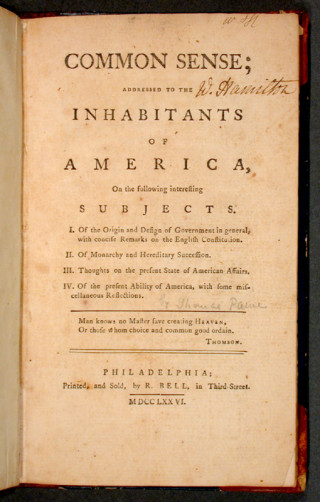The research team I directed at Harvard had just made a startling discovery. As part of a project to find all copies of the Declaration of Independence produced between 1776 and 1826, we had stumbled on something special the previous year in the small West Sussex Record Office, in Chichester. Among its holdings was a large-scale ceremonial parchment of the Declaration of Independence. Prior to this find, it had been thought that a single large-scale parchment existed: the one tourists can see protectively encased at the National Archives, in Washington, D.C. Although the Sussex Declaration, as it is now called, has the names of the signatories written out in a single clerk’s hand, rather than with actual signatures, and is engrossed on sheepskin rather than the more expensive calfskin, it is otherwise as grand and impressive as the parchment in Washington. The unanswered question was how it had found its way to West Sussex.
We hypothesized that it had originally belonged to Charles Lennox, the third Duke of Richmond, a man of deeply radical views who was politically active in Britain before, during, and after the American Revolution. Goodwood, the Duke’s family seat, is in Sussex. At some point prior to the 1950s, when it was deposited in the record office, the Sussex Declaration had come into the possession of the law firm that worked for the Duke of Richmond. It was unclear when or how the document might have found its way into the hands of the Duke himself. But that tip from the taxi driver suggested a possible answer: Had Charles Lennox and Thomas Paine known each other?
Unexpectedly for a person of his class—a senior peer of the realm, coming immediately after the Royal Family—Lennox was committed to the political empowerment of British citizens. His commitment was unmatched by any other member of the aristocracy during the Age of Revolution.
Tall, rich, and beautiful, Richmond was hard to ignore. His eyes in particular were “superb,” as one contemporary remembered; Joshua Reynolds, who painted the Duke in his youth, remarked on their “fine and uncommon” dark-blue color.
